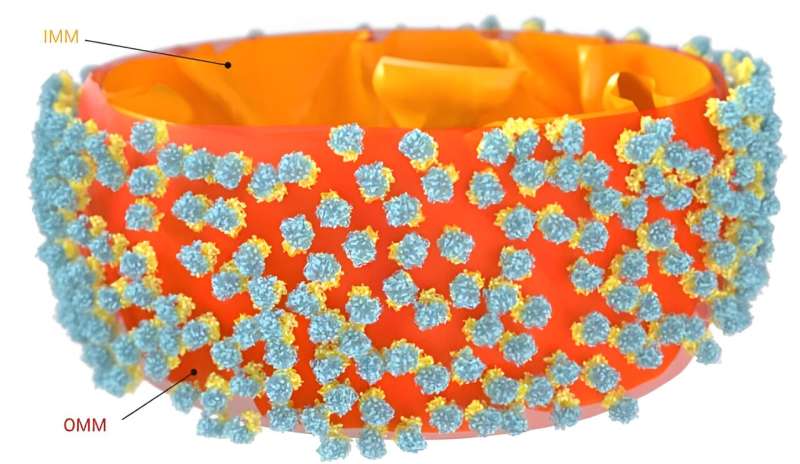Researchers have made a fascinating discovery about how yeast cells respond to stress and nutrient deprivation. The study, published in Nature Communications, reveals that yeast cells coat their mitochondria with swarms of ribosomes, the cellular machinery responsible for protein production. Surprisingly, these ribosomes enter a state of hibernation, conserving energy until better conditions return. This adaptation sheds light on fundamental cellular processes that could help us understand and potentially overcome the challenges faced by cancer cells.

Yeast Cells’ Ingenious Survival Mechanism
The yeast species S. pombe, commonly used in traditional brewing, has long been a favorite model organism for biologists. This eukaryotic cell shares many similarities with human cells, making it an invaluable tool for studying fundamental cellular processes.
When yeast cells face starvation, they undergo a remarkable adaptation: their mitochondria, the organelles responsible for energy production, become coated with a swarm of massive molecular complexes called ribosomes. Ribosomes are the cell’s protein factories, but in the case of starving yeast, these ribosomes enter a state of hibernation, conserving energy until better days arrive.
Unraveling the Mystery of Hibernating Ribosomes
The research team, led by Olivier Gemin from the EMBL Heidelberg’s Mattei Team and collaborating with the Jomaa Lab at the University of Virginia School of Medicine, used advanced microscopy techniques to study this intriguing phenomenon in greater detail. They discovered that the hibernating ribosomes attach to the outer membrane of the mitochondria in an unusual way, contradicting previous understanding.
“So far, ribosomes were known to interact with membranes only via their large subunit. But in starved cells, we saw that they do this upside-down, via the small subunit,” explained Simone Mattei, the team leader. The researchers are now investigating the specific mechanisms behind this unexpected behavior and the potential benefits it provides to the struggling yeast cells.
Insights into Cancer Cells’ Survival Strategies
The insights gained from studying yeast cells’ adaptation to starvation may have broader implications, particularly in the context of cancer research. Cancer cells, like starving yeast, often find themselves in a state of constant nutrient and oxygen deprivation as their rapid growth outpaces the available resources.
“That’s why we need to understand the basics of adaptation to starvation and how these cells become dormant to stay alive and avoid death,” said Ahmad Jomaa, assistant professor and group leader at the University of Virginia’s School of Medicine and a senior co-author of the study. By unraveling the mechanisms behind yeast cells’ remarkable resilience, researchers hope to find ways to make cancer cells more vulnerable to starvation and, ultimately, more susceptible to treatment.
